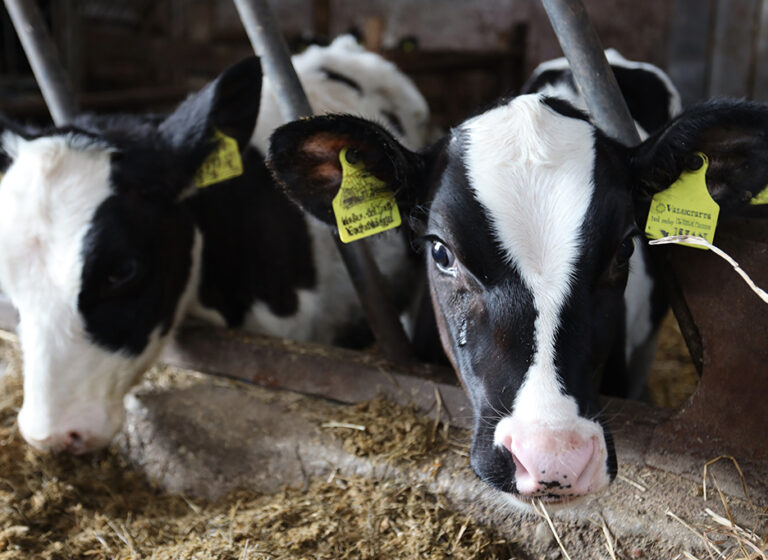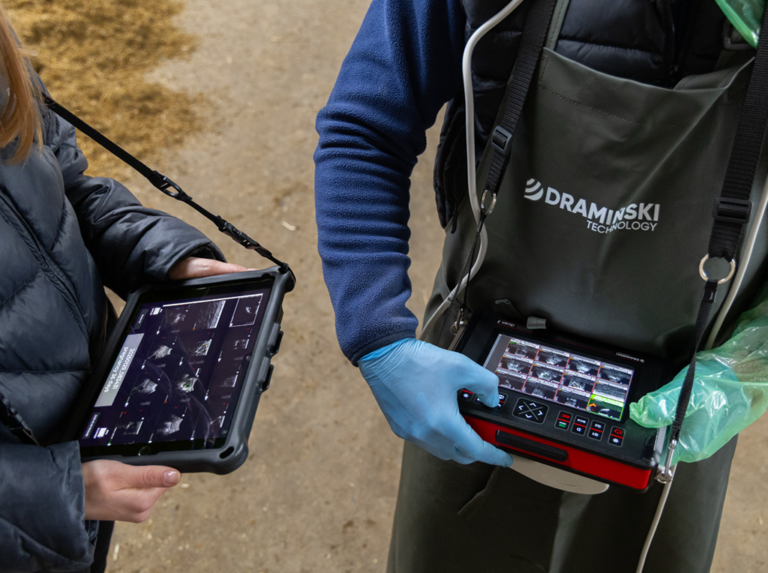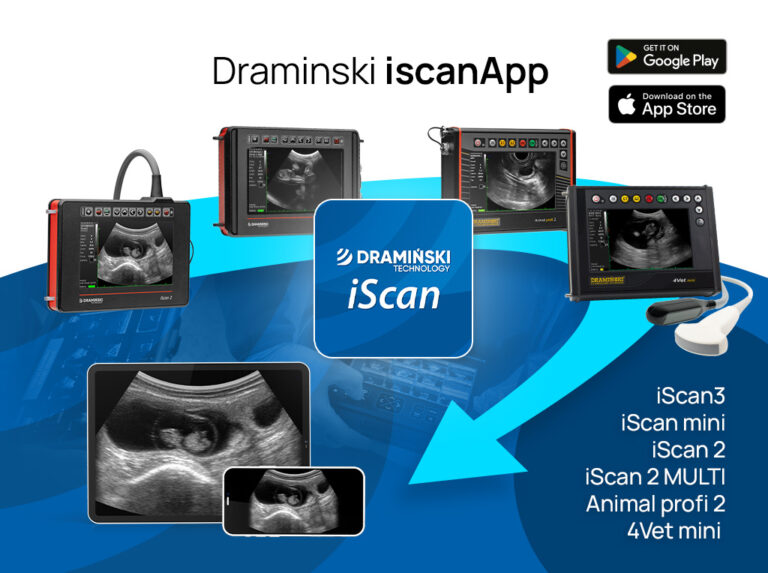Blog
BRD – Bovine Respiratory Disease
What it is, how to diagnose it, and how to treat it What is BRD? Bovine Respiratory Disease (BRD) is one of the most serious health challenges in calves and young cattle. It occurs most often in the first weeks after weaning, during transport, or when animals are exposed to major environmental changes. BRD is […]
Read more
When to Harvest Corn?
Choosing the right moment to harvest corn is one of the most important factors determining the quality and yield of the crop. The timing of entering the field is primarily decided by the degree of grain maturity, its moisture content, and weather conditions during the final stage of vegetation. When does corn reach harvest maturity? […]
Read more
What to Consider When Choosing an Ultrasound Machine for Field Work with Cows
Ultrasonography has become an indispensable tool for veterinarians specializing in cattle reproduction. Choosing the right ultrasound machine for fieldwork is an investment that directly affects diagnostic accuracy, work comfort, and farmer satisfaction. Not every device performs well in barn conditions, so it’s worth keeping several key criteria in mind. Mobility and durability are essential. Farm […]
Read more
Live ultrasound streaming now available on iScan 3, iScan mini, iScan 2, iScan 2 MULTI, Animal Profi 2, and 4Vet mini!
Thanks to the Draminski iscanApp, you can display the image shared from your ultrasound scanner on your phone or tablet. The app is compatible with devices running on Android and iOS systems. It is available for download on Google Play and the App Store. Now you can share your image not only from the […]
Read more
Uterine Prolapse in Cows (Prolapsus Uteri)
Uterine prolapse is an acute clinical condition that typically occurs within 24 hours after calving and poses a direct threat to the cow’s life. It requires immediate and skilled veterinary intervention under field conditions. If left untreated or managed improperly, it can lead to severe complications or even death. Pathophysiology Uterine prolapse involves complete eversion […]
Read more
Lodged cereal crops: Managing grain moisture and the need for drying
Harvest season is a critical time for farmers—and when the weather turns unfavorable, things can quickly become complicated. Lodged cereal crops are a prime example of this challenge. Not only do they make harvesting more difficult, but they also pose a serious risk to grain quality, especially when it comes to moisture levels. Why is […]
Read more
New version of airScan app for iOS NOW available!
We’re excited to share that the latest version of the airScan app for iOS is now live and ready to download from the App Store. This update brings valuable new features and usability enhancements to streamline diagnostics and daily workflow. Here’s what’s new in this release: 🔹 Follicle Measurement A brand-new feature designed to assist […]
Read more
Winter barley – smart cultivation and quality control
Winter barley is becoming one of the most promising crops in Poland, especially in areas with a temperate climate and well-managed soils. It offers high yield potential, good resistance to spring drought, and matures relatively quickly. No wonder more and more farmers are turning to this variety – especially when they can count on precise […]
Read more
Mycotoxins in Grain – A Silent Threat to Dairy Cows’ Health and Feed Quality
Mycotoxins are toxic chemical compounds produced by mold fungi, mainly from the genera Fusarium, Aspergillus, and Penicillium. They most commonly appear in grains that have been exposed to moisture and heat—both during the growing season and during storage. In dairy cows especially, the presence of mycotoxins can lead to: • reduced appetite and decreased milk production, • digestive problems […]
Read more










